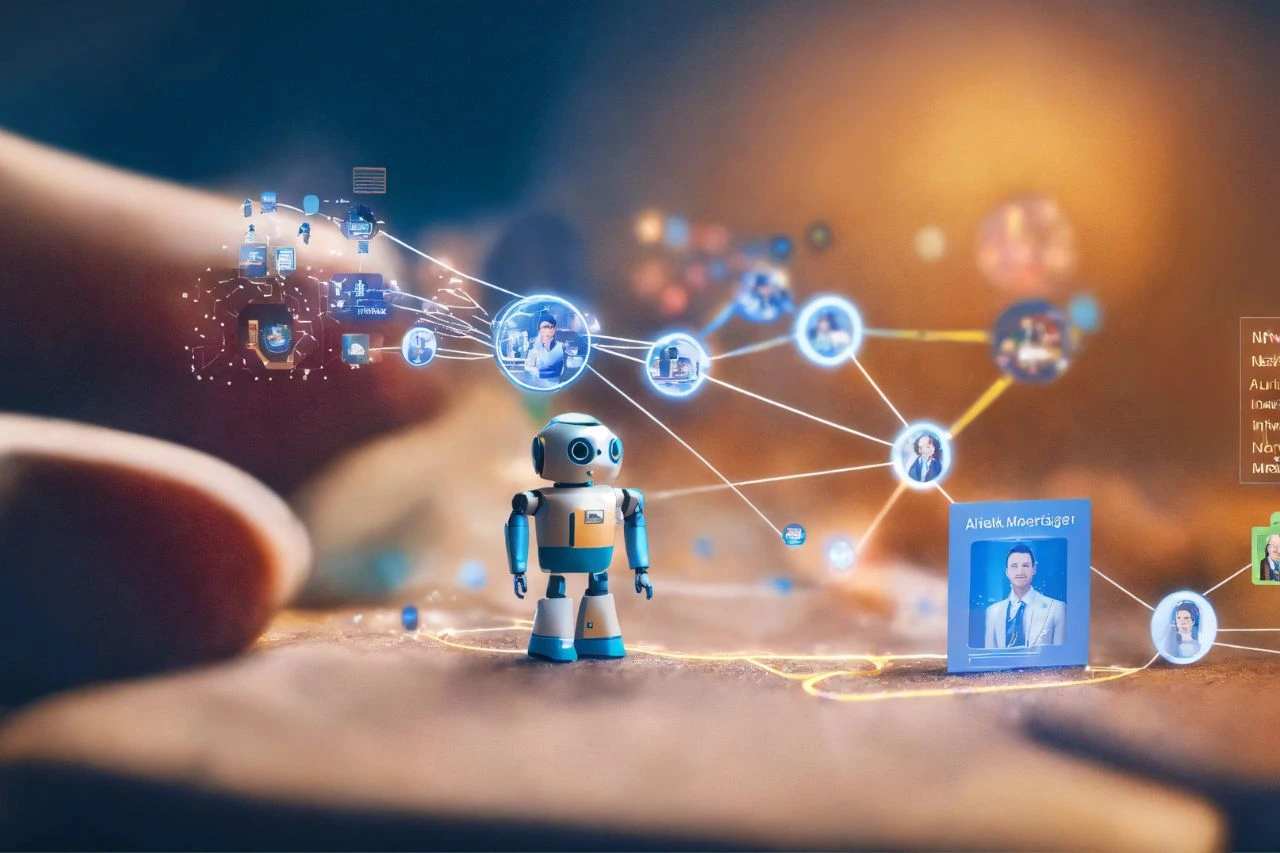The Rise of AI Automation Tools in 2025: What You Need to Know
Introduction
Artificial Intelligence (AI) automation tools are redefining the way businesses operate, offering unparalleled efficiency, accuracy, and scalability. From streamlining workflows to reducing manual labor, AI-powered automation is no longer a futuristic concept—it’s the new standard.
As we step into 2025, AI automation tools are becoming more sophisticated, accessible, and widely adopted across industries. Businesses of all sizes are leveraging AI to handle repetitive tasks, optimize processes, and enhance decision-making. In this article, we will explore the latest trends, key players, and future predictions of AI automation to help you stay ahead of the curve.
Current Trends in AI Automation
AI automation is evolving rapidly, driven by advancements in machine learning, natural language processing (NLP), and robotic process automation (RPA). Here are some key trends shaping the industry in 2025:
1. Hyperautomation Becomes the Norm
- Companies are moving beyond traditional automation by integrating AI with RPA, IoT, and advanced analytics.
- Businesses are leveraging end-to-end process automation to reduce costs and improve efficiency.
2. No-Code and Low-Code AI Automation Platforms
- AI-powered no-code and low-code platforms allow non-technical users to automate complex workflows without writing code.
- Tools like Zapier, Make, and Google AI Studio are leading this trend.
3. AI-Powered Decision Making
- Businesses are using AI to analyze big data in real time, providing actionable insights for smarter decision-making.
- AI automation tools are helping companies predict trends, optimize resources, and enhance customer experiences.
4. AI Agents and Conversational Automation
- AI-driven chatbots and virtual assistants are handling customer service, lead generation, and internal support.
- Natural language understanding (NLU) has significantly improved, making AI interactions more human-like.
5. Integration with Enterprise Systems
- AI automation tools are being seamlessly integrated with CRM, ERP, marketing platforms, and HR systems.
- This deep integration ensures that AI-driven processes are aligned with business goals and operational needs.
Key Players in AI Automation
Several AI automation tools are shaping the landscape in 2025, each catering to different use cases. Here are some of the top platforms:
1. Zapier
- A pioneer in no-code automation, Zapier connects over 6,000+ apps to create automated workflows (Zaps).
- Ideal for marketing, sales, and customer service automation.
2. Google AI Studio
- Google’s AI-powered platform allows developers to create custom AI models and automation workflows.
- Offers powerful integration with Google Cloud, Google Workspace, and third-party apps.
3. n8n
- A self-hosted, open-source automation tool that provides highly customizable workflows.
- Popular among developers and enterprises looking for data privacy and full control over automation.
4. Make (formerly Integromat)
- Provides visual automation for complex workflows, allowing businesses to build multi-step automation scenarios.
- Supports advanced API integrations and data transformation.
5. Microsoft Power Automate
- Part of the Microsoft ecosystem, it enables automation of business processes across Microsoft 365, Dynamics, and third-party applications.
- Offers Robotic Process Automation (RPA) for desktop automation.
Future Predictions: Where AI Automation is Headed
1. Autonomous AI Agents Will Revolutionize Workflows
- AI-driven digital workers will take on more complex decision-making roles, reducing the need for human oversight.
2. AI and Blockchain Integration for Secure Automation
- AI-powered automation will leverage blockchain technology for secure, transparent, and tamper-proof transactions.
3. Edge AI Will Enable Faster, On-Device Automation
- AI automation will move beyond cloud computing, with edge AI processing data directly on devices, reducing latency and increasing efficiency.
4. AI-Powered Creativity and Content Automation
- AI tools will automate not only repetitive tasks but also creative processes like video editing, graphic design, and personalized marketing campaigns.
5. Regulatory and Ethical Considerations Will Grow
- As AI automation expands, governments and organizations will introduce new regulations to ensure ethical AI deployment.
Conclusion
The rise of AI automation tools in 2025 marks a transformational shift in how businesses operate, innovate, and compete. Whether you’re a startup looking for cost-effective automation or an enterprise aiming to optimize workflows, staying updated with the latest AI tools and trends is crucial.
By leveraging AI automation, businesses can enhance productivity, improve customer experiences, and drive innovation in ways that were previously unimaginable. As AI continues to evolve, those who adapt and embrace automation will be at the forefront of the next digital revolution.


